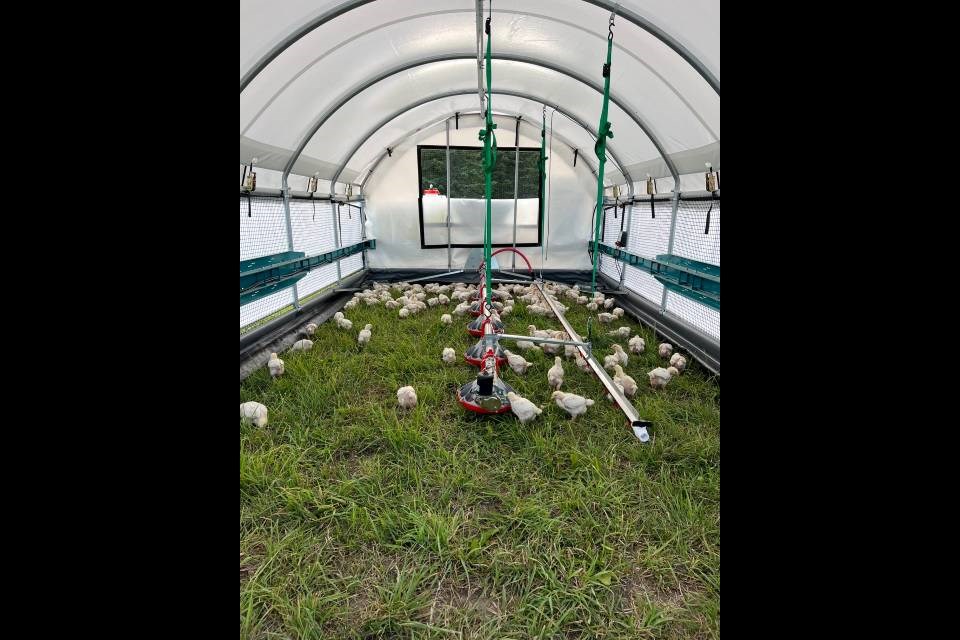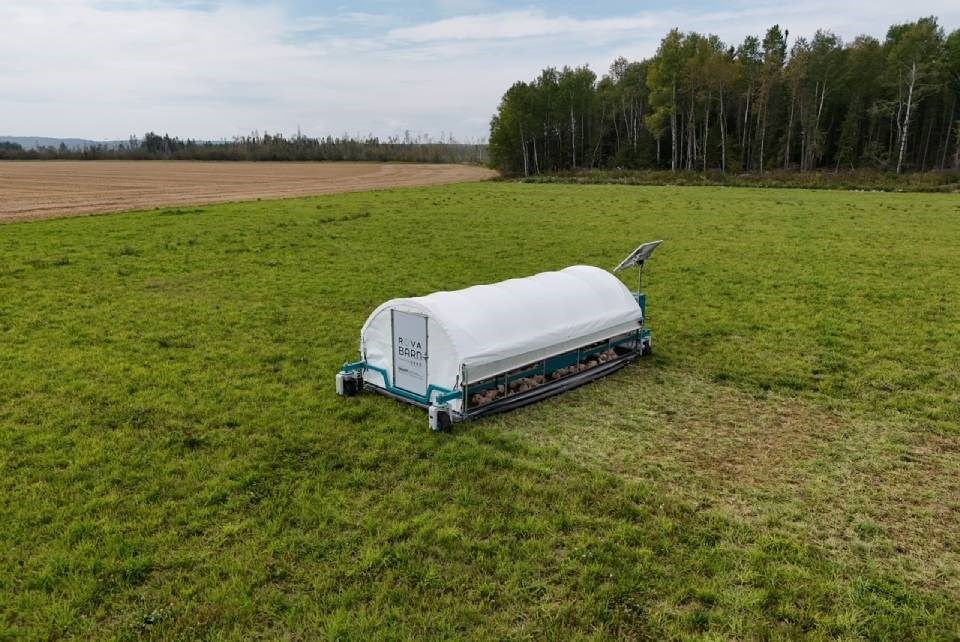The UK is currently facing significant changes to its poultry marketing regulations, which have sparked considerable discussion within the industry. These changes are primarily driven by the need to align with evolving standards and to address challenges posed by recent avian influenza outbreaks.
One of the key proposals under consideration is the amendment of the 12-week derogation period. This period allows free-range poultry meat to be labeled as such even when mandatory housing measures, like those enforced during avian influenza outbreaks, restrict birds’ access to open-air runs. The proposed change aims to extend this period, ensuring that producers are not unfairly penalized during such outbreaks.
Another significant change involves the removal of a certification requirement for imported poultry meat that includes one or more Optional Indications (OIs). This requirement has never been practically used, and its removal is expected to simplify the import process and reduce unnecessary bureaucratic hurdles.
These proposed amendments are part of a broader consultation launched by the Department for Environment, Food & Rural Affairs (Defra) on October 21, 2024. The consultation seeks input from various stakeholders, including poultry producers, processors, retailers, importers, exporters, and consumers. The goal is to ensure that the regulations are fair and do not place UK producers at a competitive disadvantage compared to their European counterparts.
The National Farmers’ Union (NFU) has expressed support for these changes, highlighting that they will provide much-needed certainty and stability for poultry businesses. NFU Poultry Board chair James Mottershead stated that these moves are welcomed by the sector as they ensure that poultry producers are not left at a competitive disadvantage.
However, not all reactions have been positive. Some industry leaders and processors have raised concerns that the changes might not go far enough to protect the UK poultry sector from potential disruptions caused by future avian influenza outbreaks. They argue that more comprehensive measures are needed to safeguard the industry and consumer interests.
The consultation period is set to close on December 16, 2024, after which Defra will review the feedback and make final decisions on the proposed amendments. The outcome of this consultation will be crucial in shaping the future of poultry marketing regulations in the UK, ensuring that they are robust, fair, and capable of addressing the challenges faced by the industry.
In conclusion, the proposed changes to the UK’s poultry marketing regulations represent a significant step towards modernizing the industry and aligning it with current challenges and standards. While there is broad support for these changes, the consultation process will be key in addressing any remaining concerns and ensuring that the final regulations benefit all stakeholders involved.
Source: avinews.com





















